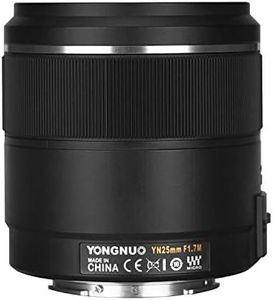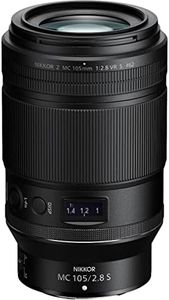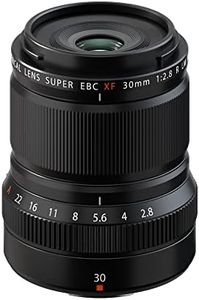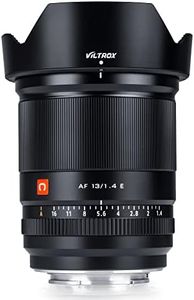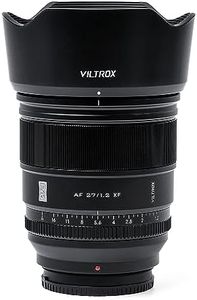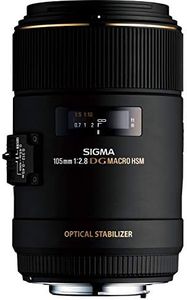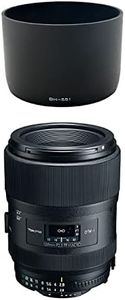9 Best Compact Macro Cameras 2025 in the United States
Our technology thoroughly searches through the online shopping world, reviewing hundreds of sites. We then process and analyze this information, updating in real-time to bring you the latest top-rated products. This way, you always get the best and most current options available.

Our Top Picks
Winner
Sony RX100 VII Premium Compact Camera with 1.0-type stacked CMOS sensor (DSCRX100M7)
Most important from
630 reviews
The Sony RX100 VII is a premium compact camera that packs impressive features into a small package. It is equipped with a 1.0-type stacked CMOS sensor and offers a resolution of 20.1 megapixels, ensuring high-quality images. The Zeiss Vario Sonnar T lens with a 24-200mm focal length range provides great versatility, from wide-angle shots to detailed zooms. The camera’s macro focusing distance is decent, allowing for close-up photography, although not as specialized as some dedicated macro lenses. Image stabilization is a strong point, with both optical and digital options to ensure sharp photos and smooth videos, even when handheld.
The camera stands out for its quick autofocus system, with 357-point phase detection and 425-point contrast detection, making it easy to capture fast-moving subjects. The continuous shooting capability of up to 20 frames per second without blackout is useful for action photography. The RX100 VII also excels in video recording, offering 4K video with various advanced features, such as real-time tracking and eye autofocus for both humans and animals. Build quality is solid, with a compact and portable design that is ideal for travel. Manual control options are available for advanced users who want to tweak settings for the perfect shot.
The small size means some controls can feel cramped, and the battery life, while decent, may not last through a full day of heavy shooting without spares. Additionally, the high price point may be a consideration for budget-conscious buyers. Despite these minor drawbacks, the Sony RX100 VII is a well-rounded camera suitable for enthusiasts and professionals looking for a compact yet powerful option.
Most important from
630 reviews
Panasonic LUMIX Full Frame Camera Lens, S 100mm F2.8 Macro - S-E100
Most important from
13 reviews
The Panasonic LUMIX Full Frame Camera Lens, S 100mm F2.8 Macro is an impressively small and lightweight option for compact-macro-camera enthusiasts. Weighing only 298 grams and measuring 3.23 x 2.9 x 2.9 inches, it is highly portable and easy to carry around for various photography situations, from close-ups to portraits.
This lens offers a fixed focal length of 100mm with a bright f/2.8 aperture, providing excellent image quality and 1:1 life-size magnification for detailed macro shots. High resolution across the entire frame ensures that every detail is captured sharply, along with beautiful bokeh effects that enhance the subject's focus in medium-telephoto settings.
Silent operation and reduced focus breathing make it suitable for video production, adding versatility for videographers. The lens integrates seamlessly with other S series lenses, promoting a streamlined workflow and consistency in post-production processes. The Panasonic LUMIX S 100mm F2.8 Macro lens stands out in its category for its portability, high resolution, and video functionality.
Most important from
13 reviews
Nikon NIKKOR Z MC 105mm f/2.8 VR S | Professional macro prime lens for Z series mirrorless cameras | Nikon USA Model
Most important from
388 reviews
The Nikon NIKKOR Z MC 105mm f/2.8 VR S is an excellent macro lens designed for Nikon's Z series mirrorless cameras. It excels in capturing highly detailed close-ups with its life-size 1:1 magnification, making it perfect for those who love photographing small subjects like insects or flowers. The advanced optical design ensures exceptional sharpness, contrast, and clarity with minimal distortion, which is highly beneficial for macro photography.
The bright f/2.8 aperture allows you to shoot in various lighting conditions while achieving beautiful background blur (bokeh), enhancing the subject focus in your shots. The 105mm focal length provides a comfortable working distance, reducing the need to get too close to your subject, which can be particularly useful when photographing insects or other skittish creatures. Image stabilization (Vibration Reduction) is a valuable feature, especially for handheld shooting, helping to minimize camera blur and produce clear images.
This lens is also versatile enough for portrait photography, providing flattering results. Build quality is robust, with weather-sealing to protect against dust and moisture, making it reliable for outdoor use. However, being a prime lens, it lacks zoom capabilities, which might limit its versatility in some situations. Weighing 1.39 pounds and measuring 5.6 x 3.4 x 5.6 inches, it is relatively portable but may still feel a bit bulky for some users. Highly recommended for macro enthusiasts and professional photographers seeking high-quality close-up shots.
